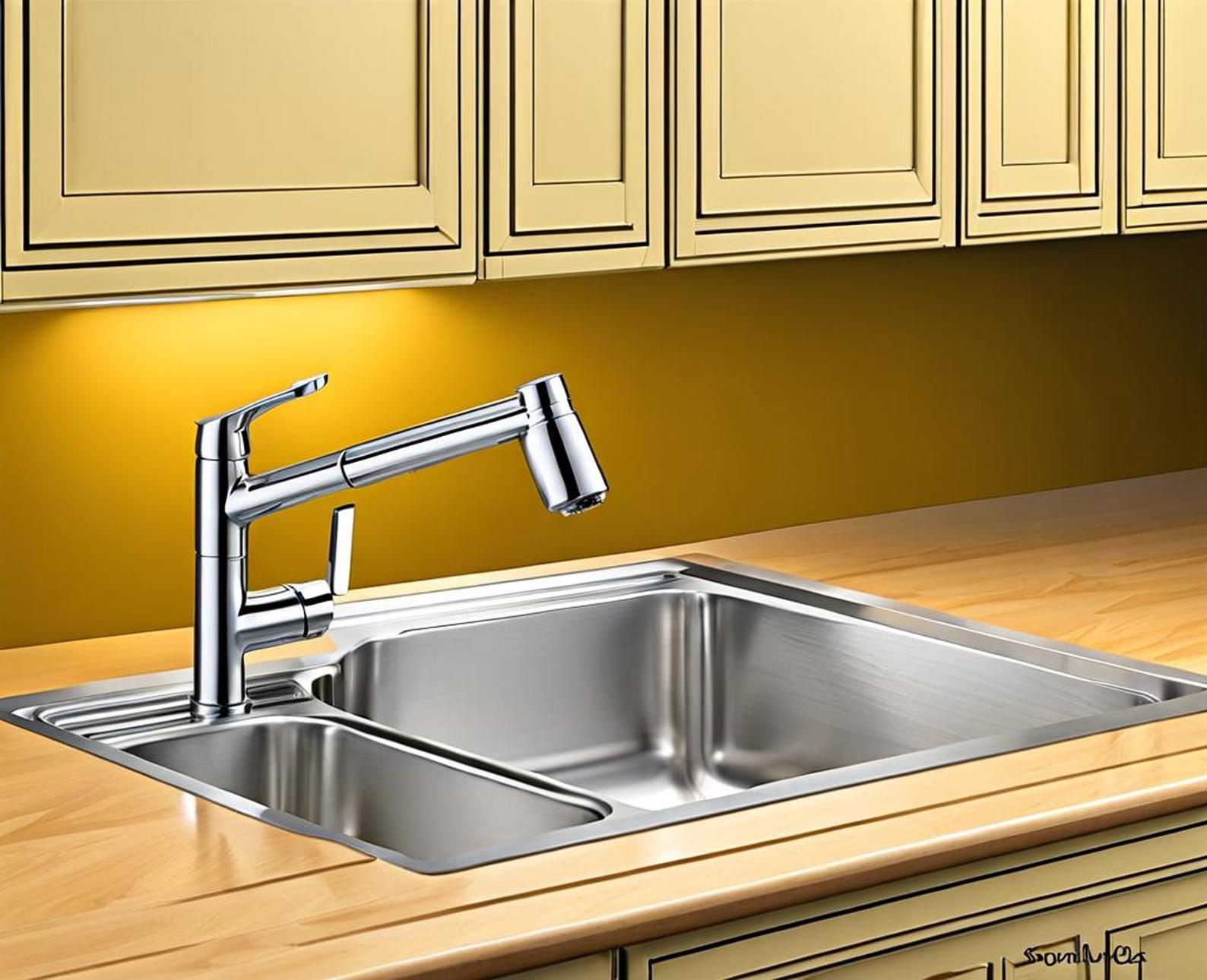Replacing a kitchen sink seems straightforward, but getting accurate measurements is crucial. If you don’t measure correctly, you may end up with gaps, misalignments, or even having to reorder a whole new sink.
Luckily, with some preparation and diligence, you can get perfect sink measurements the first time.
Why Measurements Matter
There are a few key reasons precise measurements are vital for a smooth kitchen sink installation:
- Ensures proper fit with cabinetry – An accurately sized sink will seamlessly fit the existing cabinet space.
- Allows coordination with countertop cutout – Correct dimensions let you cut the countertop hole to match.
- Prevents delays or rework – Redoing work due to inaccurate measurements results in wasted time and money.
When to Take Measurements
To get a complete picture, measurements should be taken at multiple points:

Before Removing Old Sink
Documenting the existing sink’s size gives you an initial baseline for shopping replacement options:
- Length
- Width
- Depth
- Type (undermount, drop-in, etc)
After Old Sink is Removed
Once uninstalled, you can clearly measure the countertop cutout the new sink must fit into:
- Hole length
- Hole width
- Countertop hole depth
During Countertop Template Process
For custom countertop installations, the template stage is another chance to validate measurements:
- Confirm hole dimensions
- Check countertop thickness
What Dimensions to Capture
Every sink installation has core measurements to take:
Existing Sink
| Length | End-to-end at the longest point |
| Width | Side-to-side at widest point |
| Depth | Top to bottom extent of basin |
| Type | Undermount, drop-in, etc |
| Material | Stainless, porcelain, etc |
Cabinet Space
| Width | Total available width |
| Depth | Total available depth |
| Clearance | Gaps required for proper fit |
Be sure to account for any special considerations like corner cabinets or garbage disposals when measuring cabinet space.
Countertop
| Cutout Length | The hole length |
| Cutout Width | The hole width |
| Countertop Thickness | Total countertop depth |
Knowing the countertop material (granite, quartz, laminate, etc) and edge details (waterfall, bullnose, etc) are also useful for planning.
How to Measure
Follow these best practices for accurate sink measurements:
Use Precise Tools
- Tape measure
- Digital caliper for detail work
- 4′ Level to determine sink bowl depth
- Pencil and paper to record
Careful Methodology
- Measure multiple times for accuracy
- Take detailed photos after removing old sink
- Account for required clearances around sink
Putting It All Together
Once you’ve recorded all necessary sink measurements properly, use that intel to:
Buy the Right Replacement Sink
- Cross-check dimensions against replacement options
- Coordinate measurements with countertop provider
- Review sink cut sheets and product dimensions
Prepare for Smooth Installation
- Confirm measurements before installing
- Inspect sink condition before swapping out
- Gather necessary tools and hardware
FAQs
Still have questions on mastering sink measurements? Here are answers to some common questions:
Q: How can I double check my measurements are accurate?
A: Take each measurement 2-3 times and photograph findings for later verification. Review product dimensions carefully before purchase.
Q: What tools work best for navigating tricky cabinet spaces?
A: Flexible tape measures, digital calipers, laser measures, and phone cameras help capture hard-to-reach nook measurements precisely.
Q: Should I account for extra clearance around an undermount sink?
A: Yes – its best practice to leave at least 1/4″ clearance between an undermount sink edge and cabinet wall or countertop surface.
Carefully following this complete sink measurement guide will ensure you get the right fit on the very first try. Taking the time to capture all necessary dimensions upfront is well worth avoiding headaches from gaps, misalignments or incorrectly sized replacements later on. With the right tools and diligent measurement approach, you can tackle your kitchen sink swap with total confidence.
